
Choosing between suede nubuck shoes can feel confusing. He stands in the store, comparing the soft, delicate suede with the tougher, more resilient nubuck. Each material offers a unique benefit. Suede works well for casual outings because of its gentle texture, while nubuck provides strength and water resistance for more demanding settings. Buyers who understand these differences select shoes that fit their lifestyle and needs. For those seeking premium options, Faux Leathers supplies high-quality nubuck leather that combines luxury with long-lasting performance.
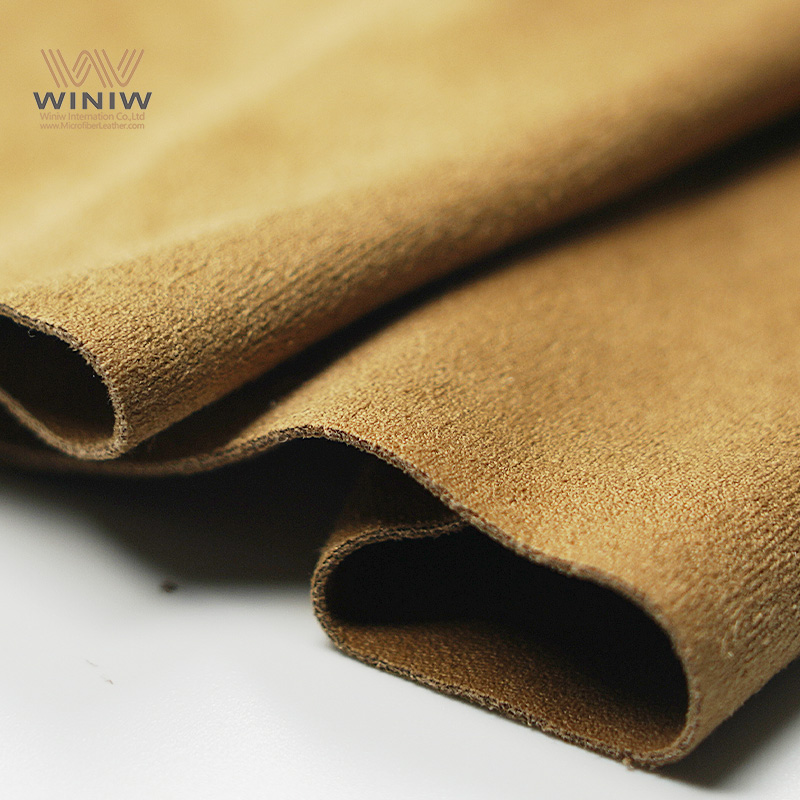
Suede comes from the inner layer of the hide, while nubuck is made from the outer layer, affecting their texture and durability.
Nubuck is generally more durable and water-resistant than suede, making it better for active lifestyles.
Suede offers a soft, plush feel and is often more affordable, ideal for casual settings.
Both materials require care, but nubuck needs less frequent maintenance compared to the more delicate suede.
Nubuck develops a unique patina over time, enhancing its character, while suede is prone to stains and requires special cleaning.
Choose nubuck for rugged, stylish footwear that withstands daily wear; select suede for comfort and elegance in less demanding environments.
Regular brushing and protective sprays can help maintain the appearance of both suede and nubuck shoes.
Faux Leathers provides high-quality nubuck options that combine luxury with durability, suitable for various footwear needs.
When comparing suede nubuck shoes, buyers often focus on four main factors: material, texture, durability, and appearance. The following table highlights the key differences between suede and nubuck, making it easier to understand their unique qualities:
|
Feature |
Nubuck |
Suede |
|---|---|---|
|
Leather Layer |
Grain side (outer layer) |
Flesh/split side (inner layer) |
|
Texture |
Fine, velvety, with grain |
Soft, fuzzy, uniform |
|
Durability |
Higher |
Lower |
|
Water Resistance |
Moderate (needs protection) |
Low (very absorbent) |
|
Price |
Higher |
Lower |
Nubuck leather comes from the outer layer of the hide, which gives it a denser structure and greater durability. Suede, on the other hand, is made from the inner split side, resulting in a softer but less robust material. Nubuck shoes generally cost more because of the quality and strength of the leather. Suede shoes offer a plush feel at a more accessible price point.
Tip: For those seeking premium nubuck leather, Faux Leathers provides high-quality options that combine luxury with long-lasting performance.
Suede and nubuck each bring distinct advantages to footwear. Suede stands out for its soft, malleable texture and plush, napped finish. This material feels gentle to the touch and offers a classic, casual look. Many choose suede for its comfort and style, especially in loafers, boots, and fashion sneakers.
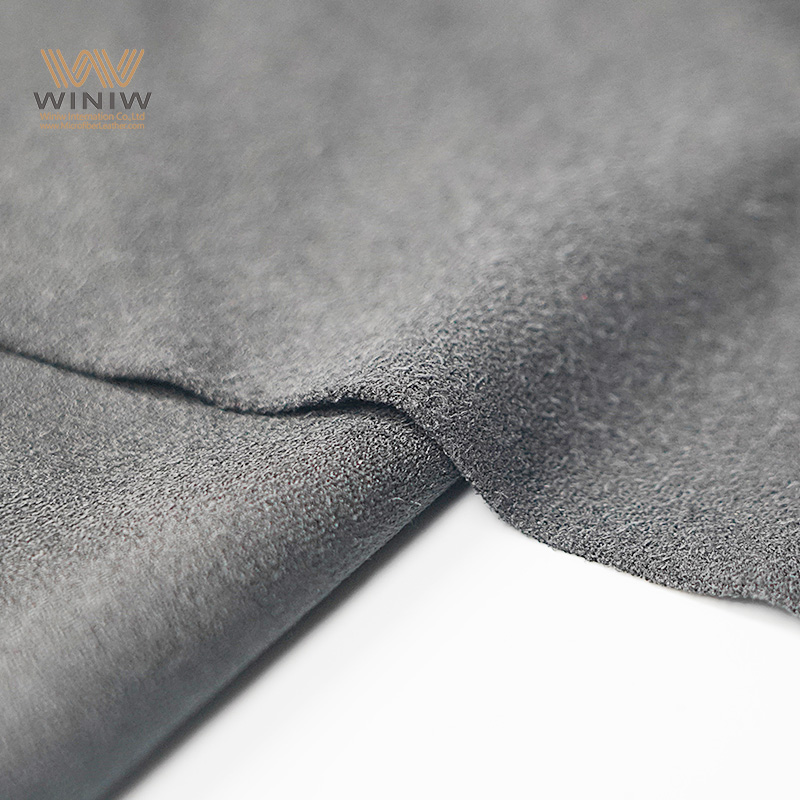
Nubuck, in contrast, features a thicker, more robust feel. The sanding process on the grain side creates a fine, velvety surface, but the leather retains its natural grain character. This makes nubuck shoes more resistant to wear and better suited for everyday use. Nubuck also offers moderate water resistance, though both materials benefit from protective sprays.
Suede:
Softer, more flexible, and features longer, visible bristles.
Delicate feel, best for low-impact environments.
Typically less expensive due to the part of the hide used.
Nubuck:
Thicker, more durable, and has a semi-rugged aesthetic.
Shorter bristles create a refined yet sturdy texture.
Higher price reflects its superior durability and outer hide origin.
Footwear industry experts note that nubuck leather, such as that used in the Olukai Moloa, often outlasts suede in terms of construction and breathability. While both materials require care, nubuck shoes tend to maintain their appearance longer when properly maintained.
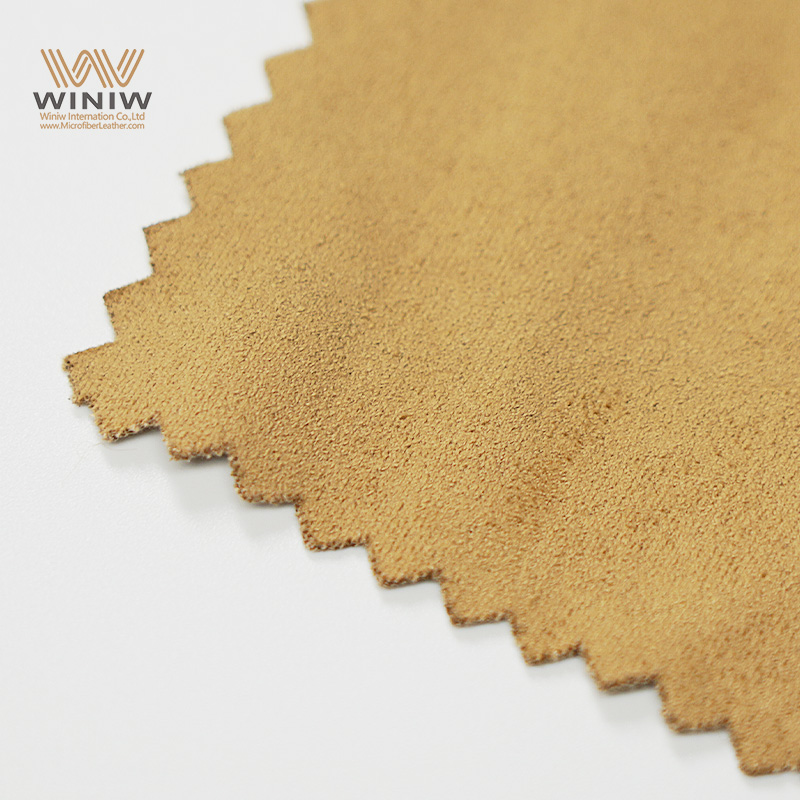
Faux Leathers offers nubuck leather that exemplifies these qualities, making it an excellent choice for those who value both style and longevity in their footwear.
Manufacturers create suede leather by splitting the animal hide and using the inner layer, known as the flesh side. This process involves carefully buffing or sanding the surface to produce a soft, napped finish. Unlike full-grain leather, suede leather does not retain the tough outer skin, which gives it a more delicate structure. Tanners often use hides from lamb, goat, calf, or deer to achieve the finest quality. The result is a material that feels luxurious and flexible, making suede leather a favorite in the fashion industry. The unique production method allows suede to absorb dyes easily, resulting in vibrant and rich colors.
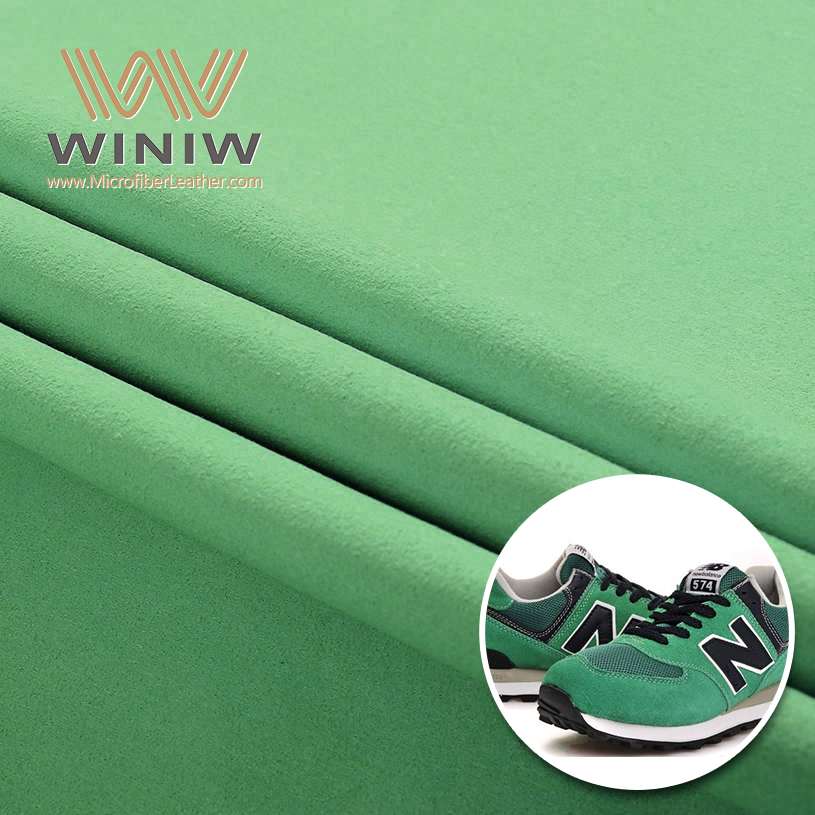
Material scientists describe suede leather as having a distinct set of characteristics that set it apart from other types of leather. The following table summarizes these features:
|
Characteristic |
Description |
|---|---|
|
Soft and Velvety Texture |
The brushed surface gives it a luxurious feel. |
|
Lightweight and Flexible |
Easier to work with compared to thicker leathers. |
|
Breathable |
Allows air circulation, making it suitable for clothing. |
|
Absorbent |
It can easily take in dyes, resulting in vibrant colors. |
|
Delicate and High-Maintenance |
Suede is prone to stains and needs special care. |
Suede leather stands out for its soft, velvety touch. The lightweight nature of suede makes it comfortable for everyday wear. Its breathability ensures that shoes and garments remain comfortable, even during extended use. However, the absorbent quality means that suede leather can stain easily, so it requires regular maintenance and protection. Many people appreciate the tactile experience of suede, which feels gentle and inviting.
Note: Suede leather offers a luxurious feel but demands careful handling to maintain its appearance.
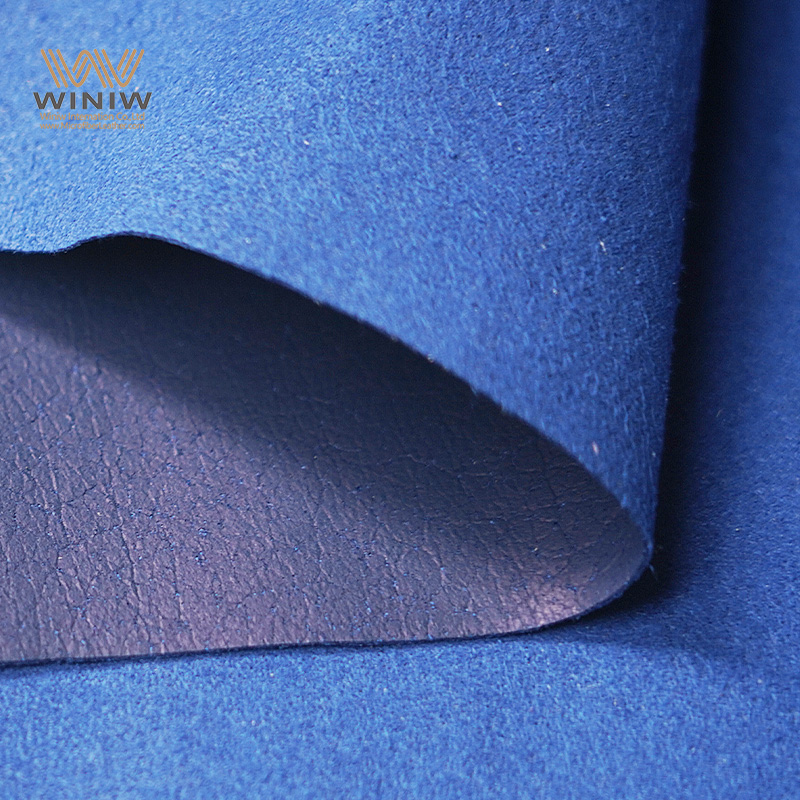
Designers and manufacturers value suede for its versatility and style. Suede leather appears in a wide range of products across fashion and interior design. Some of the most common uses include:
Shoes, boots, and casual footwear
Jackets, coats, and vests
Handbags, belts, and gloves
Hats and other accessories
Upholstery for furniture, such as sofas and chairs
Decorative accents in home interiors
In footwear, suede leather is especially popular for boots, loafers, and casual shoes. Its stylish appeal allows it to transition easily between casual and formal settings. Clothing items like jackets and coats benefit from the lightweight and breathable properties of suede. Accessories such as handbags, gloves, and belts showcase the material’s vibrant colors and soft texture. Interior designers also use suede leather to add a touch of luxury to furniture and decorative pieces.
Faux Leathers produces nubuck leather using a meticulous process that begins with full-grain hides sourced from top-tier cattle. The company selects European hides, especially those from Italy and France, for their minimal imperfections and superior quality. Skilled artisans apply a careful sanding technique to the grain side of the hide, which is the strongest and most durable part. This process creates a fine nap and a velvety surface, setting nubuck apart from other leathers. The tanning stage involves up to 25 procedures, often using chromium tanning to enhance color retention and durability. Soluble dyes penetrate the fibers, preserving the natural look and feel of the leather. These steps ensure that Faux Leathers can distinguish nubuck leather from competitors by offering a product that combines strength, beauty, and longevity.

Nubuck leather stands out for its unique tactile qualities. Product testers report that nubuck is thicker and more robust than suede, making it less prone to water damage and wear. The outer-facing layer of the hide gives nubuck a pronounced knap and semi-rugged aesthetic, which appeals to those seeking both style and resilience. The velvety texture feels luxurious yet sturdy, providing comfort for extended wear. Unlike suede, which is softer and more pliable, nubuck maintains its shape and appearance over time. The breathability of nubuck allows air to circulate, keeping shoes comfortable in various climates. The surface develops a rich patina as it ages, adding character and depth to each piece.
Note: Nubuck leather offers a balance of softness and durability, making it ideal for shoes and accessories that require both comfort and strength.
Consumers often select nubuck shoes for their ability to withstand outdoor conditions and daily use. Nubuck is made from the strongest part of the hide, which means it resists dirt, scratches, and stains better than suede. The material’s breathability ensures comfort, even during long periods of wear. Nubuck shoes feature a semi-rugged look with a pronounced knap, appealing to those who value both fashion and function. Faux Leathers’ nubuck leather excels in luxury, comfort, and versatility, making it suitable for a wide range of footwear and accessories. The leather’s ability to develop a patina over time enhances its aesthetic appeal, ensuring that each item becomes more beautiful with age.
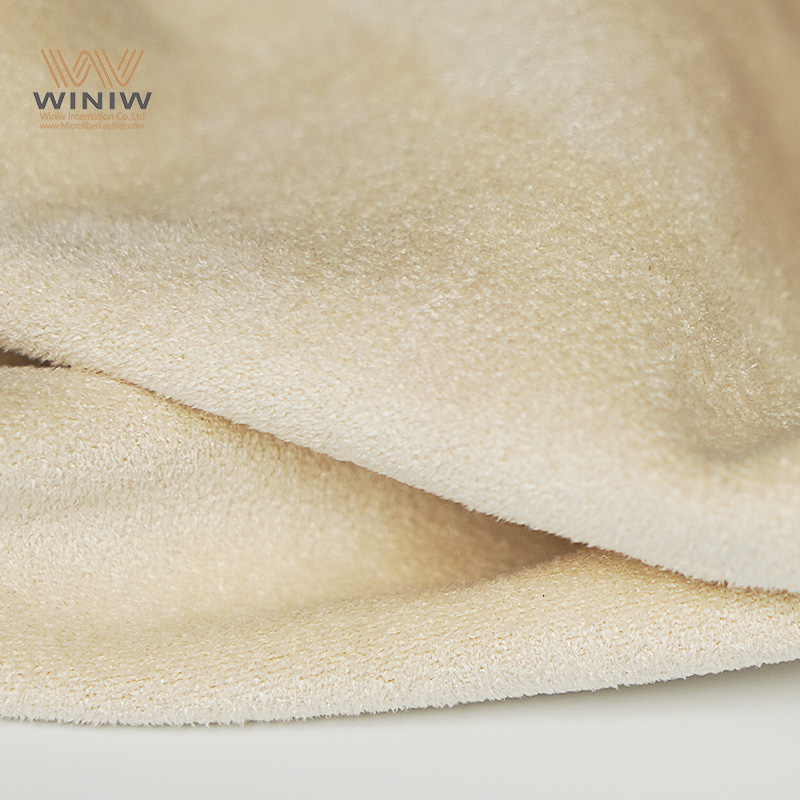
Key benefits of Faux Leathers’ nubuck:
Top-grain quality from premium European hides
Velvety, durable texture
Excellent breathability
Patina development for unique character
Versatility for shoes, bags, and accessories
|
Feature |
Nubuck by Faux Leathers |
Typical Suede |
|---|---|---|
|
Durability |
High |
Moderate |
|
Texture |
Velvety, robust |
Soft, smooth |
|
Breathability |
Excellent |
Good |
|
Patina |
Develops over time |
Minimal |
Nubuck leather from Faux Leathers provides a premium experience for those who demand quality and style in their footwear and accessories.
The real differences between suede and nubuck begin with the source of the leather. Suede comes from the inner, split side of the hide, while nubuck is crafted from the outer, grain side. This distinction shapes their texture, strength, and performance. Suede leather feels soft, malleable, and delicate. Nubuck, on the other hand, is hard, robust, and slightly coarse to the touch. Fashion designers often describe suede as plush and flexible, making it ideal for casual footwear like suede boots and loafers. Nubuck stands out for its durability and resistance to wear, thanks to its tightly-packed fibers.
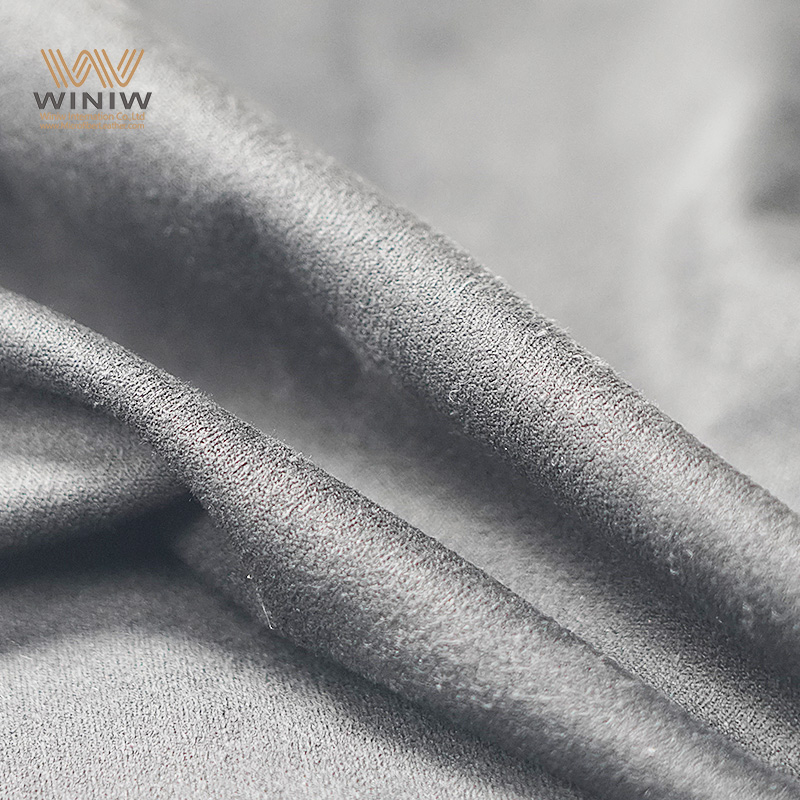
When comparing suede nubuck shoes, buyers notice that suede offers a gentle, napped finish, while nubuck provides a velvety yet firmer surface. Suede leather absorbs dyes well, resulting in vibrant colors, but it lacks the toughness of nubuck. Nubuck shoes, made from the outer layer, resist water and abrasion better than suede. These differences between suede and nubuck influence not only the look and feel but also the longevity and care requirements of each material.
Durability and maintenance play a crucial role in the decision between suede nubuck shoes. Suede leather, due to its softer structure, is more prone to scratches and staining. It requires careful treatment, especially when wet, and benefits from regular protection against water and stains. Nubuck, being more durable, withstands daily wear better and needs less frequent maintenance.
Shoe care experts highlight the following comparison:
|
Material |
Susceptibility to Damage |
Cleaning Method |
Maintenance Needs |
|---|---|---|---|
|
Suede |
More prone to scratches and staining |
Requires careful treatment, especially when wet |
Needs protection against water and stains |
|
Nubuck |
More durable than suede |
Should not be cleaned with nubuck brushes on suede |
Requires less frequent maintenance than suede |
The typical lifespan of suede shoes under regular use ranges from one to two years. Nubuck shoes generally offer similar durability, but their resistance to damage can extend their usable life with proper care. Owners of suede boots often find that regular brushing and protective sprays help maintain their appearance, while nubuck shoes require less intensive upkeep.
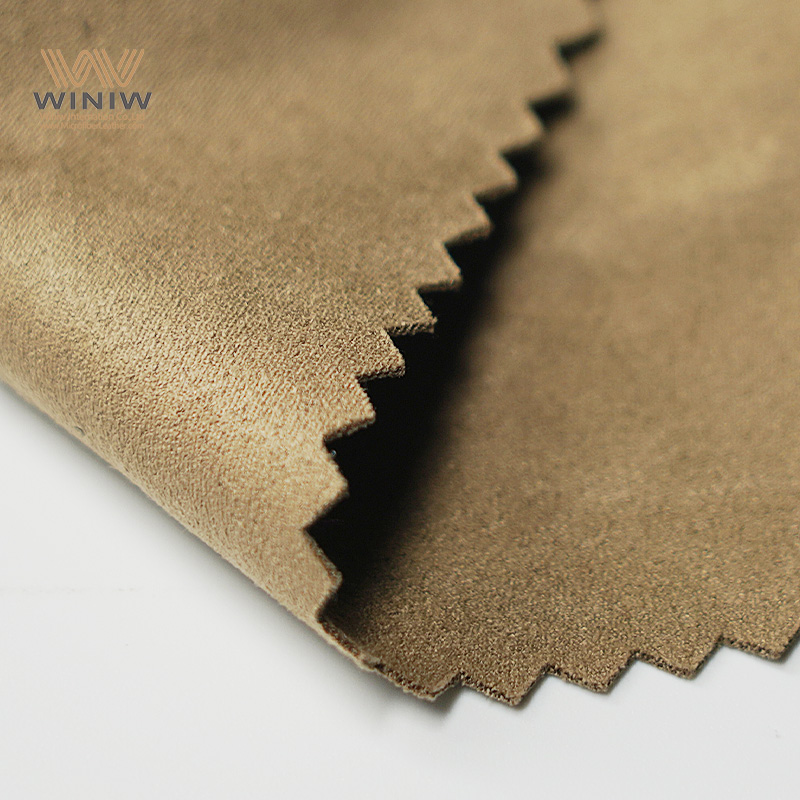
Tip: Always use the correct cleaning tools for each material. Using a nubuck brush on suede can damage the delicate fibers.
For those seeking waterproof nubuck or suede, applying a specialized protective spray can enhance resistance to moisture and stains, though neither material is fully waterproof by nature.
The appearance and style of suede nubuck shoes differ in subtle yet important ways. Suede leather boasts a soft, matte finish with a uniform nap, giving shoes a relaxed and classic look. This makes suede boots and casual shoes popular choices for everyday wear. The material’s ability to take on rich colors adds to its appeal in fashion-forward designs.
Nubuck, in contrast, features a finer, velvety surface with a semi-rugged aesthetic. The grain side of the hide gives nubuck shoes a more structured and refined appearance. Many designers favor nubuck for its balance of elegance and durability, making it suitable for both casual and dress shoes. The surface of nubuck develops a unique patina over time, enhancing its character and visual depth.
Suede:
Soft, plush, and flexible
Ideal for casual and fashion-forward styles
Absorbs dyes for vibrant color options
Nubuck:
Velvety, robust, and structured
Suits both rugged and refined looks
Develops a patina, adding to its visual appeal
Buyers who understand the differences between suede and nubuck can select the right material for their lifestyle and style preferences. Whether choosing suede leather for its comfort and color or nubuck for its strength and sophistication, each option brings unique benefits to shoes and accessories.
Footwear reviewers consistently highlight several strengths of suede shoes. The material’s soft and pliable nature allows wearers to experience comfort from the first step, eliminating the need for a lengthy break-in period. Many users appreciate the lightweight construction, which reduces fatigue during extended wear. Suede’s breathability helps keep feet cooler and more comfortable, especially in warmer climates.
Soft and pliable texture provides immediate comfort.
Lightweight design minimizes fatigue for all-day use.
Breathable material promotes airflow and comfort.
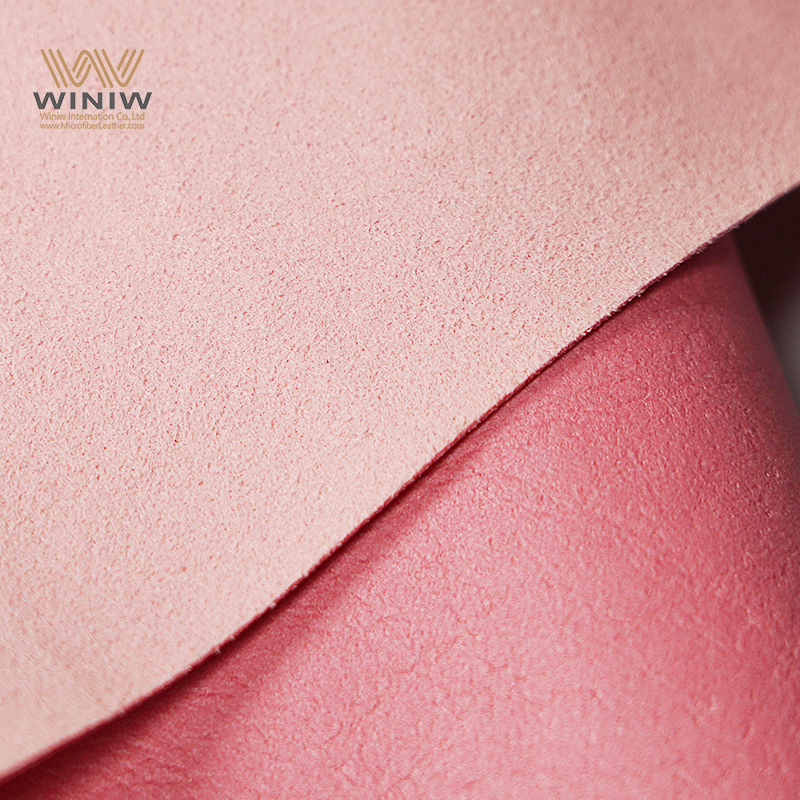
Style versatility stands out as another advantage. Suede shoes pair well with jeans, chinos, skirts, dresses, and even suits. The wide range of available colors makes it easy to match different outfits and personal preferences. The soft, napped surface adds depth and visual interest to any ensemble, bringing sophistication to simple looks without relying on bold patterns or accessories.
Versatile styling options suit casual and formal attire.
Variety of colors allows for easy coordination with outfits.
Napped surface enhances visual appeal and sophistication.
Note: Suede shoes offer a unique combination of comfort, style, and adaptability, making them a popular choice for fashion-conscious individuals.
Customer feedback reveals several challenges associated with suede shoes. The material is susceptible to damage and dirt, requiring regular maintenance to preserve its appearance. Suede lacks water resistance, which leads to visible marks and stains when exposed to moisture. Many users find it difficult to keep suede looking new, as flaws and blemishes become apparent over time.
Lacks water resistance, resulting in visible marks when wet.
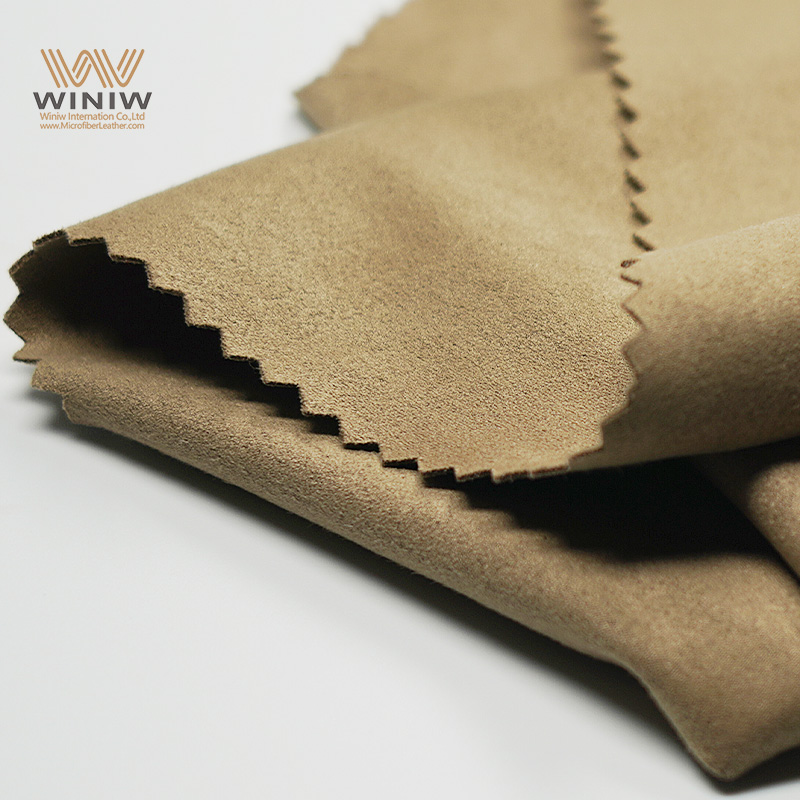
Suede shoes are not ideal for all weather conditions, especially in wet environments. Owners must use special care and cleaning techniques to maintain quality. The material is less durable than full-grain leather and more susceptible to water damage and stains. Wearing suede in inappropriate settings can lead to easy damage, so careful handling is essential.
Not suitable for wet or harsh environments.
Needs specialized cleaning products and techniques.
Less durable compared to other leather types.
Easily damaged if not handled properly.
Tip: To extend the lifespan of suede shoes, avoid wearing them in wet conditions and follow recommended cleaning practices.
Nubuck shoes offer a range of benefits that appeal to both casual wearers and footwear enthusiasts. Manufacturers use top-grain leather to create nubuck, resulting in a product that feels cozy, robust, and long-lasting. The velvety texture adds a touch of luxury, enhancing the overall aesthetic of shoes and accessories. Many users appreciate the comfort provided by nubuck, which makes it ideal for daily wear.
Nubuck leather features a soft, velvety surface that feels pleasant against the skin.
The material is highly durable, thanks to its origin from the strongest part of the hide.
Nubuck shoes maintain their shape and structure over time, even with frequent use.
The porous nature of nubuck allows for excellent breathability, keeping feet comfortable in various climates.
When properly treated, nubuck offers water resistance, making it suitable for a variety of activities.
The pronounced knap gives shoes a semi-rugged, stylish appearance that stands out in both casual and formal settings.
Nubuck does not require routine polishing to maintain its appearance, simplifying regular care.
Note: Nubuck shoes combine luxury, comfort, and durability, making them a preferred choice for those who value both style and practicality.
Despite its many strengths, nubuck also presents some challenges for users. The unique texture, while attractive, can make the material more susceptible to scratches and marks. Nubuck shoes often come with a higher price tag compared to suede or standard grain leather alternatives.
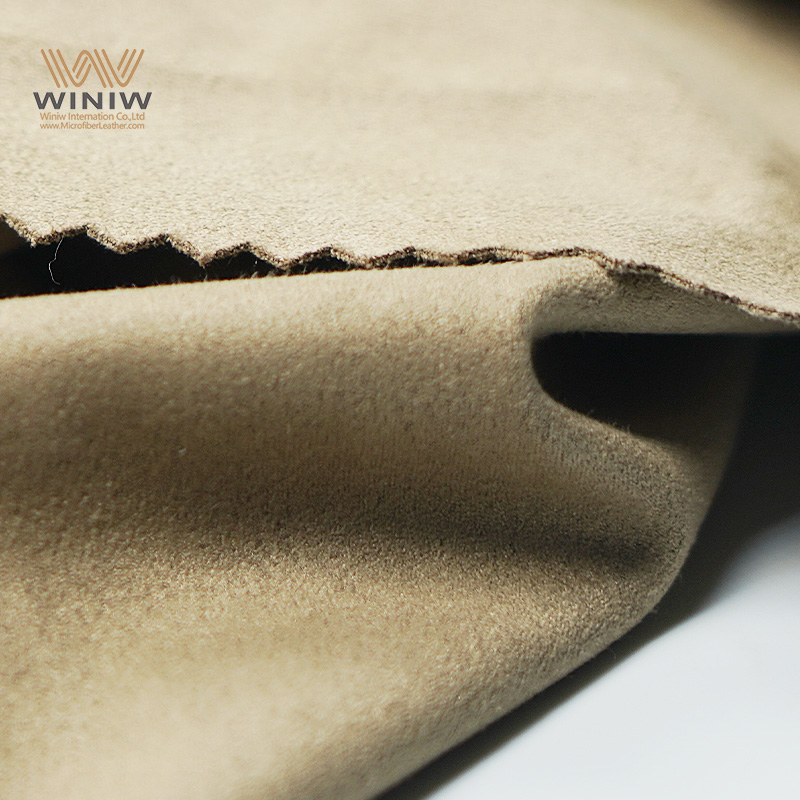
|
Disadvantage |
Description |
|---|---|
|
Higher price |
Nubuck products are generally more expensive than suede alternatives. |
|
Prone to scratches |
Nubuck’s texture makes it more susceptible to scratching than suede. |
|
Complicated care |
Requires specific maintenance to keep in good condition. |
Nubuck is sensitive to water, which can cause temporary color changes or stains if not properly protected. Owners must avoid wearing nubuck shoes in muddy or dirty environments, as the material can absorb dirt and discolor easily. Over time, color fading may occur, especially with frequent exposure to sunlight or moisture. Regular cleaning and conditioning are necessary to preserve the look and feel of nubuck footwear.
Nubuck shoes require careful maintenance and specific cleaning products.
The material is less resistant to mechanical damage compared to some other leathers.
Sensitivity to water and discoloration can limit where and when the shoes can be worn.
The higher cost may not suit every budget, making nubuck a luxury option for many buyers.
Tip: To extend the life of nubuck shoes, apply a protective spray and store them in a dry, clean environment.

Proper care extends the life and appearance of suede shoes. Shoe care specialists recommend a step-by-step approach to maintain the soft, napped finish:
Use a dry brush to remove dust and dirt from the surface. A suede-specific brush works best for this task.
Apply a small amount of foam cleaner to the bristles of the cleaning brush.
Scrub the shoes gently in a circular motion, focusing on stained or dirty areas.
Wipe away any excess solution with a clean cloth to prevent uneven drying.
Suede benefits from regular brushing, which helps lift the nap and keep the material looking fresh. Owners should avoid exposing suede to water, as moisture can cause stains and damage. For added protection, a suede-specific waterproofing spray can help repel liquids and prevent stains. Storing suede shoes in a cool, dry place also helps preserve their texture and color.
Tip: Always allow suede shoes to dry naturally if they become wet. Direct heat can cause the material to shrink or warp.

Nubuck shoes require a slightly different approach due to their unique grain and velvety texture. Leather experts advise the following best practices:
Allow shoes to dry completely before cleaning. This prevents dirt from embedding deeper into the material.
Use a nubuck brush or a medium-firm toothbrush to gently remove surface dirt, brushing in the direction of the nap.
For light stains, use a nubuck eraser or a white pencil eraser, brushing lightly until the stain disappears.
To treat water stains, lightly dampen the entire surface and brush gently, then let the shoes air dry.
For salt stains, remove loose deposits with a brush, then wipe with a cloth dipped in distilled white vinegar.
For oil stains, sprinkle cornflour on the affected area, let it absorb the oil, then use a damp cloth with vinegar to clean.
After cleaning, apply a waterproofing spray to protect against future stains.
Nubuck benefits from regular brushing to maintain its velvety surface. Owners should avoid harsh chemicals and always test cleaning products on a small, hidden area first.
Note: Nubuck shoes develop a beautiful patina over time, but consistent care ensures they remain attractive and durable.
Faux Leathers recommends a comprehensive care routine for its nubuck leather products to ensure longevity and maintain their luxurious feel:
Use a nubuck brush to clean and re-fluff the surface. Apply the brush in a circular motion to remove light scratches and revive the nap.
Blot any affected area with a damp cloth to lift surface dirt before brushing.
For tougher stains, use a nubuck cleaner or eraser, always patch-testing on a discreet area first.
Allow the product to air dry fully, then brush again to restore the texture.
Apply a waterproofing spray designed for nubuck two to three times a year for added protection.
Condition the leather with a nubuck conditioner spray two to three times annually to keep it supple.
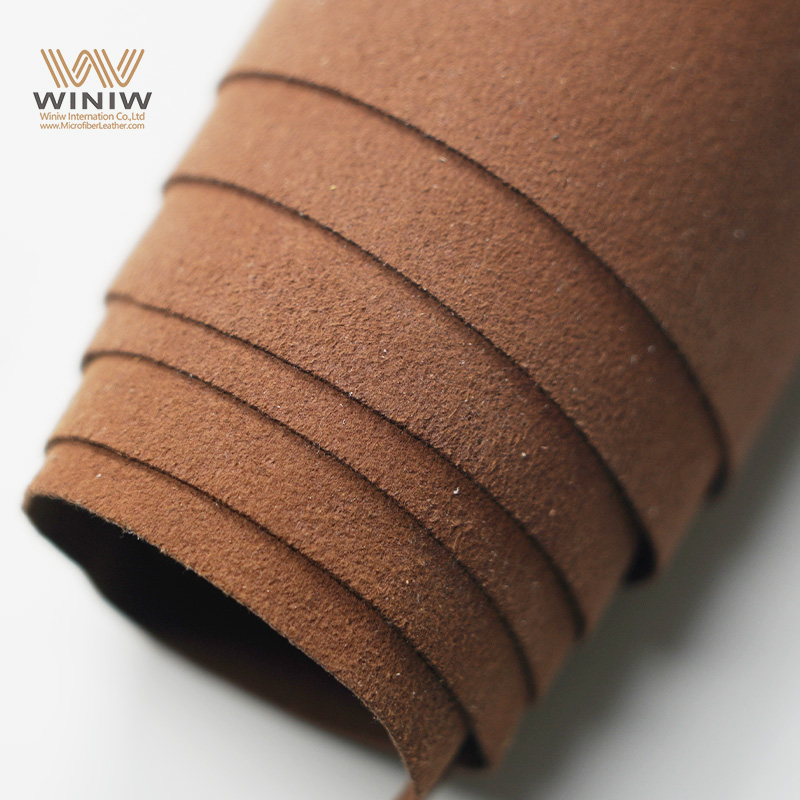
A basic nubuck care kit should include a nubuck-specific brush, an eraser, and a cleaner for stubborn stains. Following these steps helps Faux Leathers’ nubuck products retain their premium appearance and durability, making them a smart investment for anyone seeking luxury and performance in their footwear and accessories.
Regular maintenance not only preserves the beauty of nubuck leather but also enhances its unique character over time.
Selecting the right pair of shoes depends heavily on lifestyle and intended use. Nubuck stands out for those who lead active lives or spend time outdoors. Its high durability and moderate water resistance make it suitable for hiking, commuting, or any activity that demands resilience. Suede, in contrast, fits best in relaxed, everyday settings. Its soft texture and casual appeal work well for social gatherings, office environments, or leisurely walks.
The following table summarizes how each material aligns with different lifestyles:
|
Feature |
Nubuck |
Traditional Suede |
|---|---|---|
|
Durability |
High |
Moderate to High |
|
Water-Resistance |
Moderate |
Low |
|
Maintenance |
Specialized products |
Standard solutions |
|
Cost |
Generally higher |
More affordable |
|
Aesthetic Appeal |
Luxurious, rugged |
Soft, casual |
Nubuck shoes hold up well over time and provide comfort through breathability. Suede offers a plush feel, making it ideal for those who prioritize comfort and style in less demanding environments.
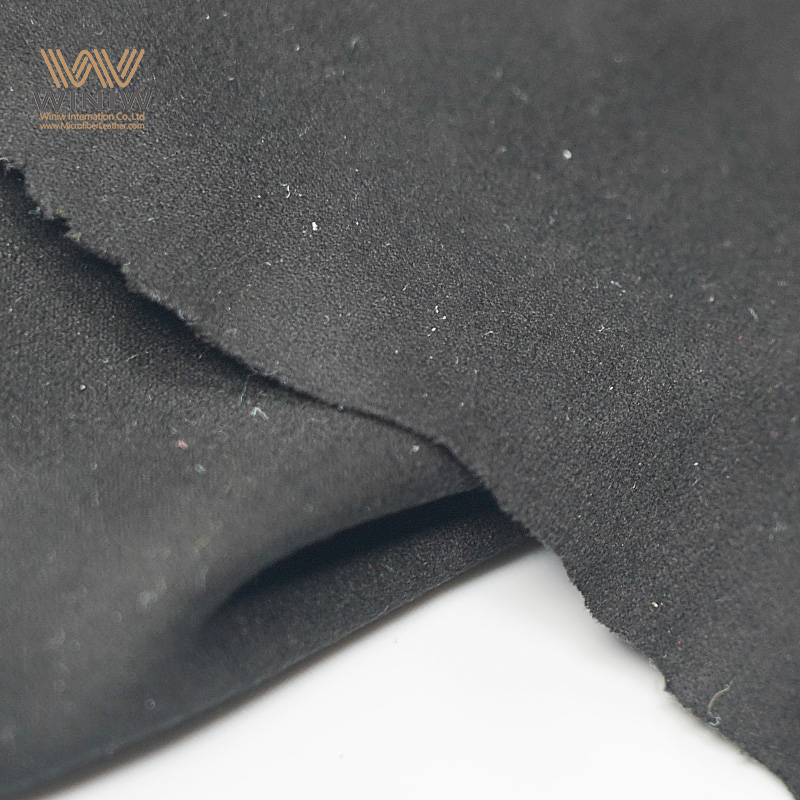
Personal style plays a significant role in the decision between nubuck and suede. Nubuck appeals to individuals who appreciate a rugged, outdoorsy look. Its robust appearance and ability to develop a unique patina over time attract those who value both function and fashion. Many choose nubuck for its versatility in both casual and semi-formal settings.
Suede, on the other hand, is often associated with luxury and comfort. Its plush texture and soft finish make it a favorite for refined, elegant outfits. Fashion consultants recommend suede for those who want shoes that complement tailored clothing or add a sophisticated touch to casual wear. The breathability of suede also makes it a comfortable choice for warm weather.
Nubuck: Rugged, durable, and suitable for outdoor-inspired styles.
Suede: Luxurious, soft, and perfect for polished, comfortable looks.
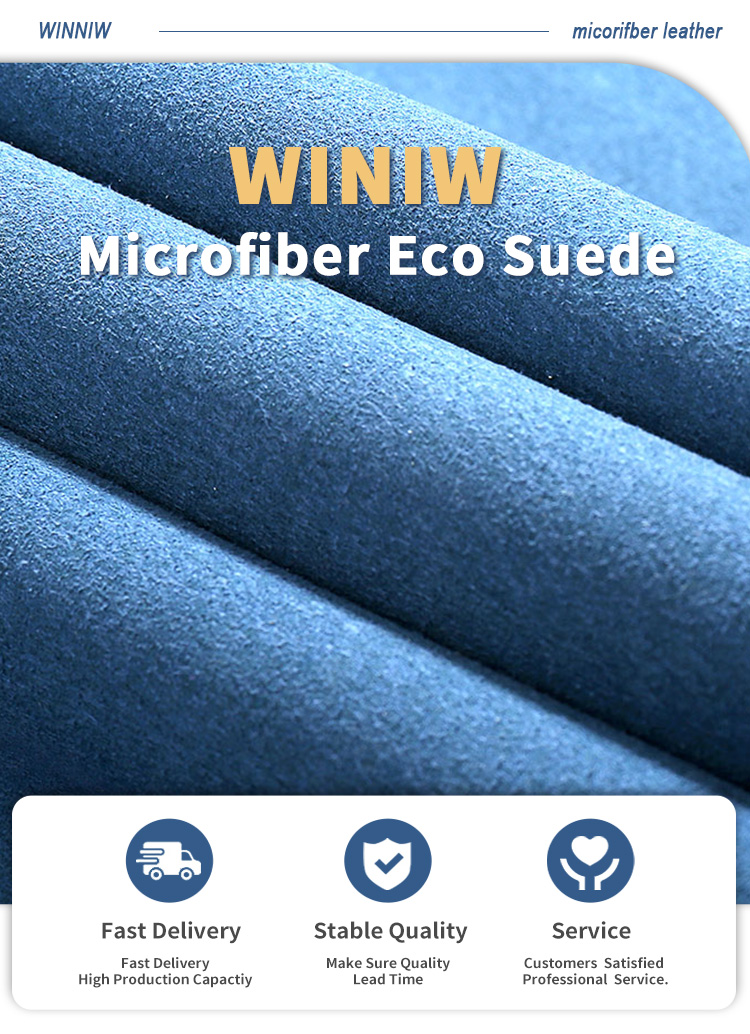
Maintenance requirements can influence the choice between nubuck and suede, especially for active versus casual wearers. Nubuck requires gentle care and occasional brushing to maintain its velvety texture. Owners should use a nubuck cleaner and a silicone brush, along with regular applications of waterproofing spray. This routine helps preserve the material’s appearance and durability.
Suede demands more frequent attention. Its absorbent nature makes it susceptible to stains and moisture damage. Regular brushing and protective sprays are essential to keep suede shoes looking their best. Casual wearers may find suede manageable, but those with active lifestyles might prefer the lower-maintenance needs of nubuck.
|
Material |
Maintenance Needs |
Active Wearers |
Casual Wearers |
|---|---|---|---|
|
Nubuck |
Gentle care, occasional brushing, waterproofing |
Less frequent maintenance needed |
Suitable for regular use, minimal upkeep |
|
Suede |
Frequent brushing, protection from moisture |
More susceptible to damage, careful handling required |
Regular attention to prevent stains |
Tip: Choose nubuck for durability and easier upkeep, especially if you expect your shoes to face tough conditions. Select suede if you value softness and style, and can commit to regular care.
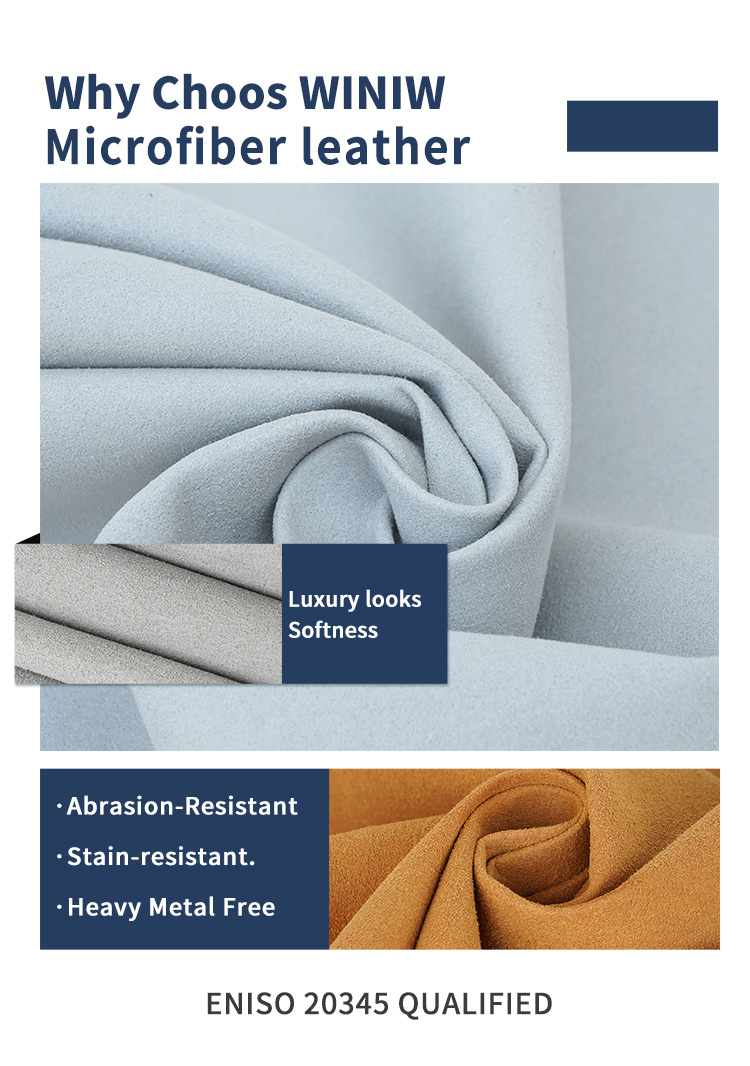
Industry experts highlight several key differences between suede and nubuck shoes:
Suede comes from the softer inner hide, while nubuck uses the tougher outer layer.
Nubuck offers greater durability and shorter bristles, whereas suede features a softer feel with longer bristles.
|
Criteria |
Nubuck |
Suede |
|---|---|---|
|
Durability |
High, resists scuffs |
Soft, relaxed style |
|
Maintenance |
Lower replacement cost |
Higher cleaning needs |
For those seeking premium quality and longevity, Faux Leathers’ nubuck leather stands out. Choose the material that best matches your lifestyle, and enjoy footwear that fits your needs.

Suede comes from the inner split of the hide, giving it a soft, fuzzy texture. Nubuck uses the outer grain side, resulting in a velvety yet more durable surface. Nubuck shoes typically last longer and resist wear better than suede.
Nubuck shoes offer moderate water resistance but still require protection. Applying a waterproofing spray helps prevent stains and water damage. Prolonged exposure to moisture can affect the leather’s appearance and texture.
Use a suede brush to remove dirt and restore the nap. For stains, apply a suede eraser or a small amount of foam cleaner. Avoid soaking suede in water. Always let shoes air dry naturally.
Yes, nubuck develops a rich patina as it ages. This natural process enhances the leather’s character and beauty. Regular care helps maintain its unique appearance.
Faux Leathers’ nubuck products use top-grain leather, making them highly durable and comfortable. They suit daily wear, offering both luxury and resilience for shoes, bags, and accessories.
A nubuck brush, eraser, and cleaner work best. Regular brushing keeps the surface velvety. Use a waterproofing spray for added protection. Always test cleaning products on a hidden area first.
Both suede and nubuck accept dyes well. The porous nature of these leathers allows for vibrant color changes. Professional dyeing ensures even results and preserves the material’s texture.
Buyers can find high-quality nubuck leather at Faux Leathers. The company offers top-grain, velvety nubuck suitable for shoes, bags, and accessories. Visit Faux Leathers’ official website for more information.

Scan to wechat:
